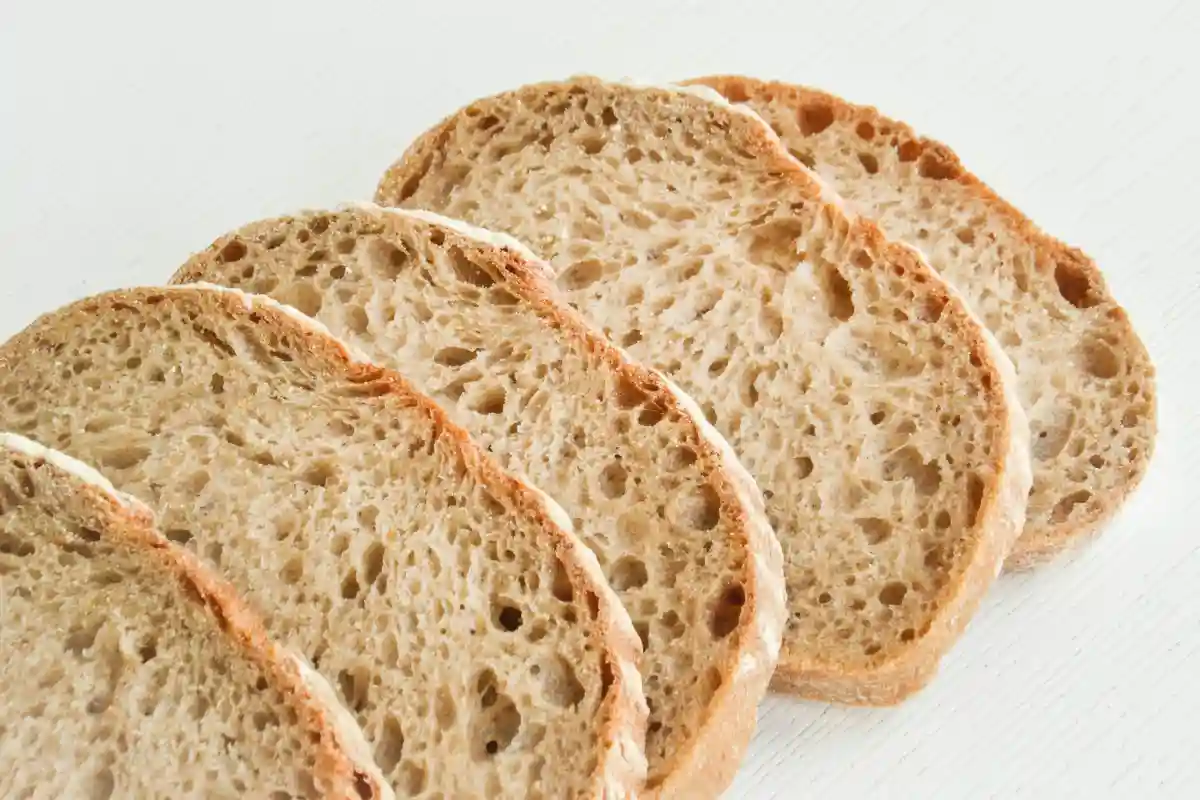
Celiac.com 06/13/2023 - While the development of gluten-free baked goods has improved in leaps and bounds over the years, food scientists are still hard at work to find an effective alternative to match the bread-friendly properties of gluten.
In chemical-physical terms, gluten is a key protein in baking. It plays a crucial role in giving bread its desired texture and structure. However, for individuals with celiac disease or gluten intolerance, consuming gluten can have detrimental effects on their health. But everyone loves bread, so gluten-free bread has become big business, however no brand has yet found the Holy Grail that is a gluten-free bread which is indistinguishable from traditional bread. One of the problems is air.
Celiac.com Sponsor (A12):
One of the ways to think of gluten is as a net that keeps dough airy until baking stabilizes the open-pore structure. This net is capable of trapping gas bubbles during fermentation; the stronger it is, the more gas it can hold, and the higher the dough can rise.
What has been almost impossible to do so far is to keep the many small gas bubbles in the dough without the supporting gluten scaffold, said Prof Dr Mario Jekle, head of the Department of Plant-Based Foods at the University of Hohenheim in Stuttgart.
At the same time, the more the gluten develops, the stronger and longer those interconnected strands become, leading to more chewiness and toughness in the final product. Hence the variation of flours for different applications. Although bread begins with many of the same ingredients as cakes, it has a completely different consistency.
Bread flour has a protein percentage of 11%-13%, resulting in a product that is airy and satisfyingly chewy. It's hard to imagine enjoying a chewy cake, so cake flour, with a protein percentage of 7%-9%, has a low gluten-development potential.
A common misconception is that gluten is part of flour. Yes, flour contains the two proteins - glutenin and gliadin - necessary to form gluten, but these only join to form that miraculous net when a liquid, like water or milk, is added.
In gluten-free baking, lathering up ingredients–creating friction to trap air– isn't a problem. This can be achieved by stirring or using a leavening agent like yeast or baking powder. What gluten-free baked goods lack is the supporting network that holds it all together. However, gluten is a problematic protein for about 2%-3% of the global population.
![]()
Kneading wheat bread dough. Image: CC0 1.0--rawpixel
Gluten Means Disease and Discomfort for the Gluten Sensitive
We now know three disease patterns that are related to gluten, said Prof Dr Stephan Bischoff of the Institute of Clinical Nutrition at the University of Hohenheim.
The first is celiac disease, which is a widespread chronic autoimmune disease in which the body mistakenly reacts to gluten as if it were a poison. The second is wheat allergy, which is triggered by gluten and similar peptides and is similarly widespread. The third clinical picture is non-celiac gluten sensitivity, where essentially no antibodies are produced, and there does not appear to be damage to the gut lining. What triggers wheat sensitivity, and whether gluten also plays a role, is still unclear.
According to Celiac UK, two further gluten-related disorders can be added to the mix. Gluten ataxia is one of a number of neurological manifestations of celiac disease, causing clumsiness, incoordination, slurred speech and sometimes jumpy vision.
Another condition, dermatitis herpetiformis is the skin presentation of celiac disease, associated with small blisters on the elbows and knees. No matter the level of intensity, people who cannot stomach gluten have only one remedy in everyday life , which to eat only gluten-free foods.
High Fiber from Plants
The research team the University of Hohenheim are taking a new approach. Instead of supporting the dough with gluten, Bischoff's team is focused on stabilizing the interface between gas bubbles and dough with alternative proteins.
The team is working on extracting protein from peas, rapeseed, rice and maize, that can directly replace gluten protein. Prof Dr Jekle also sees further potential in plant breeding. By precisely defining the optimal parameters to meet their needs, the team hopes to work with plant breeding, in order to target new pea varieties, whose proteins are even better suited to their approach.
In another approach, the department is trying to link the natural proteins from rice, maize or oats with mucins (referred to as arabinoxylans) to form chains with gluten-like properties. The scientists also found that naturally-occurring compounds called sapponins found in the cells of quinoa seed or mucilages of cereal hulls–along with the stems, leaves and flowers of daisies–additionally support the formation of an airy dough. It is an approach with additional benefits as, in some cases, it can be used to enrich baked goods with valuable dietary fibre.
For example, we know that 30g per day of fiber is already good prevention against colon cancer, one of the three most common cancers in men and women, said Prof Dr Bischoff.
The scientists are planning to investigate the use of arabinoxylans in other applications, like meat substitutes. The approach not only gives plant-based products a meat-like structure but additional nutrition from the dietary fibre. So far, there are no comparable products on the market, claim the scientists.
The bread rolls currently coming off the mini production line at the University's Technical Centre for Food Science are still small - each comprising 30g of dough, but after being steamed and then baked, the results are light, golden and steaming.
The experiment, which uses a hand-width conveyor belt, combines technology with materials science and engineering. However, the challenge is to find the best recipe, as the dough is completely gluten-free, and needs to deliver a final product that is fluffy and tastes good.
3D Printed Bread
The department is also working to loosen the dough and combine it with the baking process in one step with the help of 3D printers. A nozzle builds up the pastry together with the pores in millimetre-thin layers, above which, a baking unit immediately solidifies each layer.
The process is somewhat similar to the way Salzwedel bakers have been baking the classic Baumkuchen (literally translated 2019) for 200 years. Using a ladle, the Baumkuchen batter is applied in millimetre-thin layers onto a rotating roller and baked layer by layer in front of an open flame.
The technology at the University of Hohenheim is, of course, much more sophisticated, flexible and can build many different structures, according to Prof Dr Jekle.
His team has been experimenting with 3D printing for several years and in principle, almost any food–from bread to meat to plant-based products, can be produced by this piece of equipment. 3D printing also has advantages that extend from personalized nutrition to sustainability and limiting food waste. With printed foods, we can personalize meals, meaning we can tailor the ratio of fats, carbohydrates, proteins and all other components to exactly meet the personal needs of individuals, said Prof Dr Jekle.
And I can also obtain some of the raw materials from residual materials that are created during food production, for example.
Read more at bakeryandsnacks.com


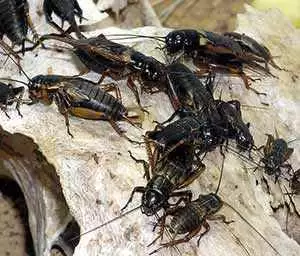
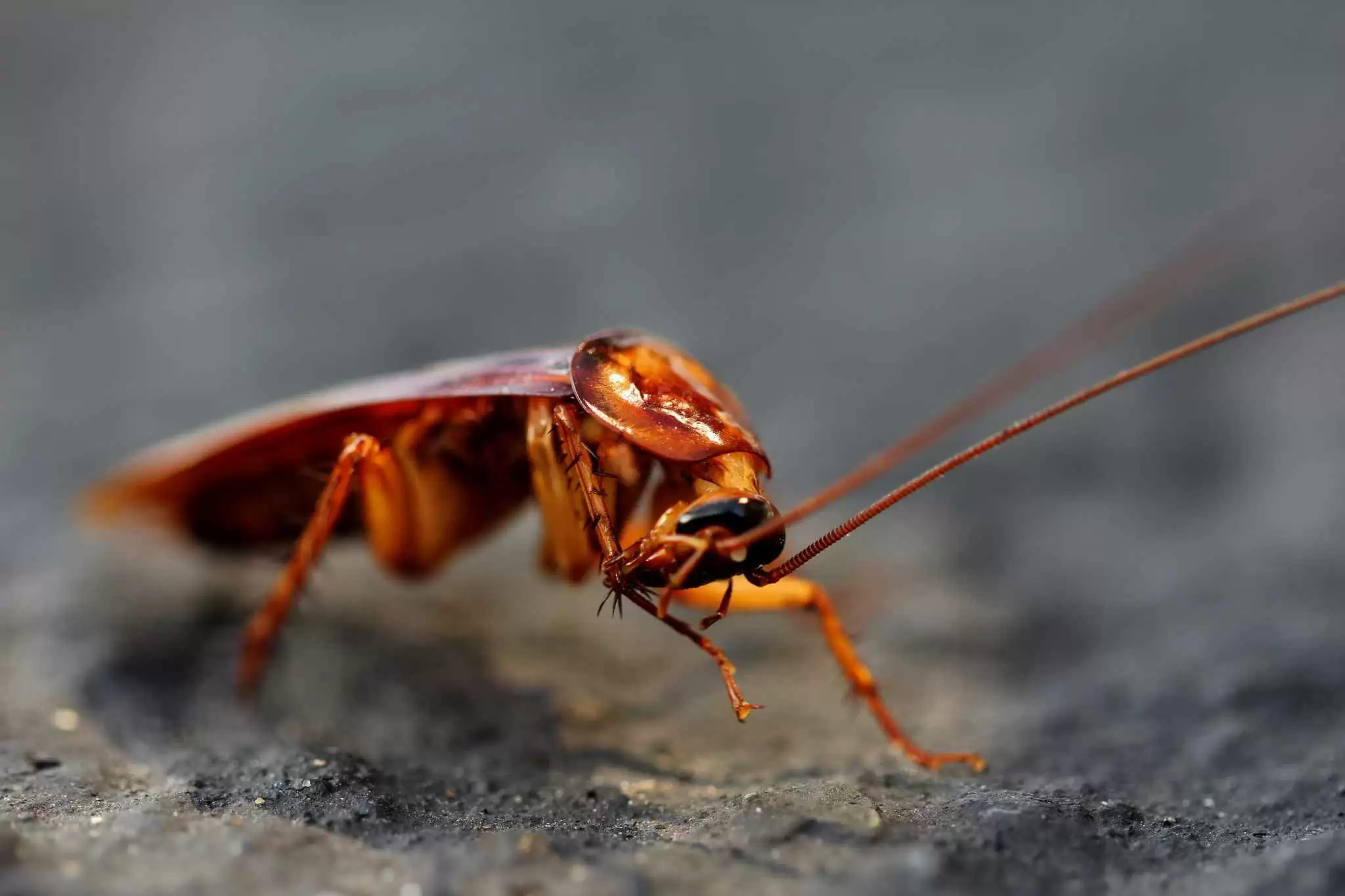
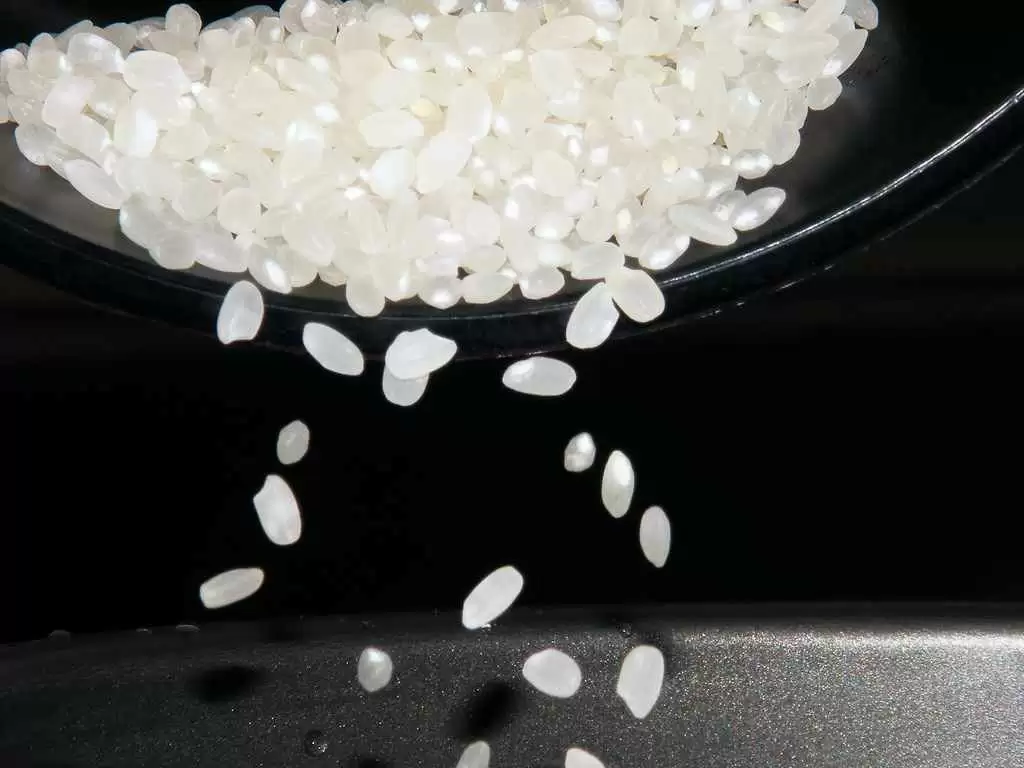

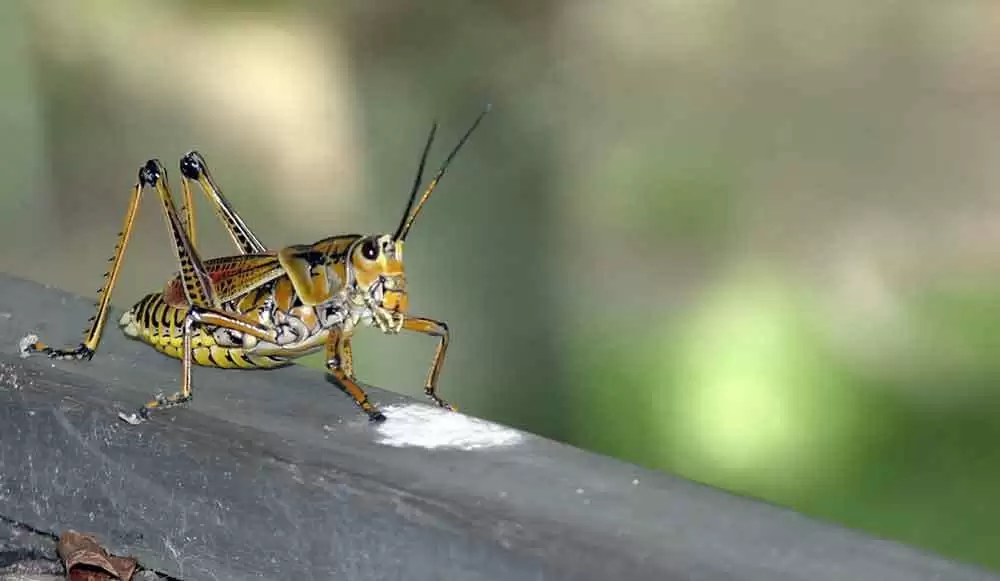
Recommended Comments
Create an account or sign in to comment
You need to be a member in order to leave a comment
Create an account
Sign up for a new account in our community. It's easy!
Register a new accountSign in
Already have an account? Sign in here.
Sign In Now